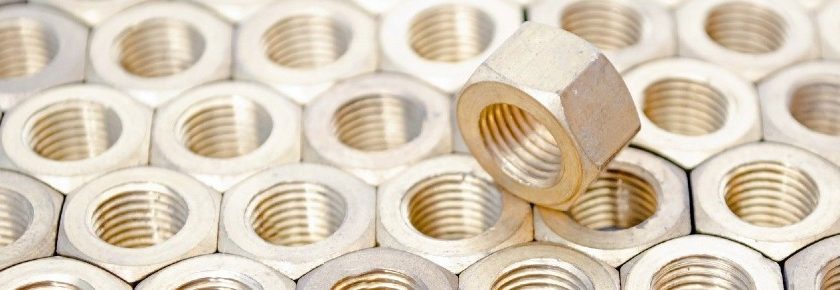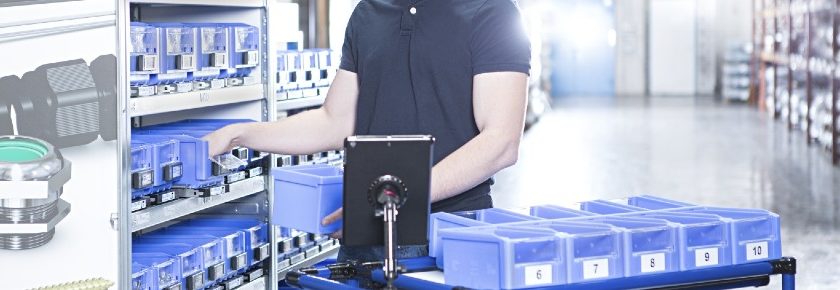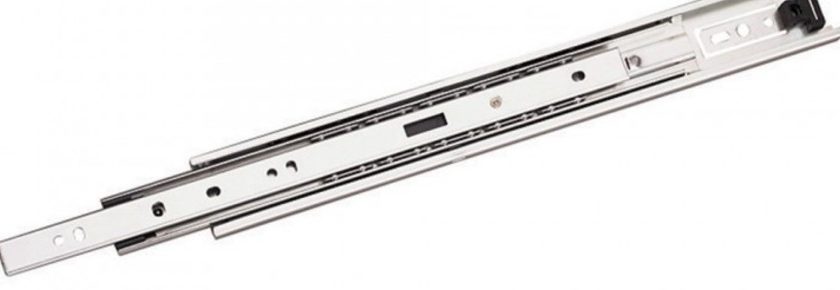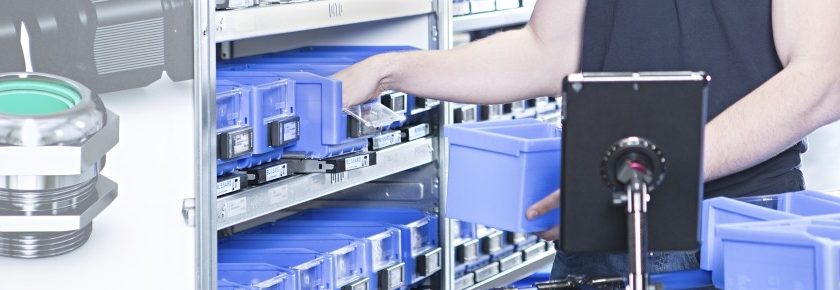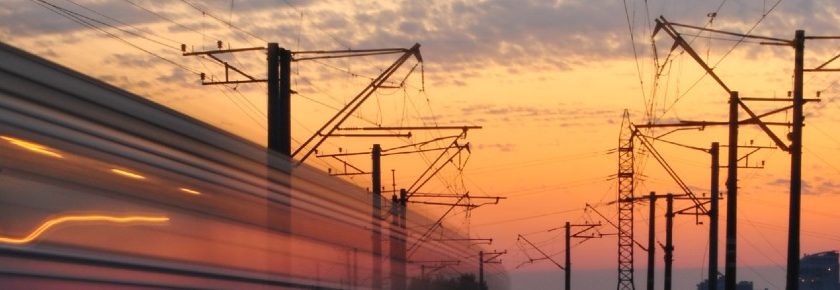One of the most common questions we hear at Bossard involves fastener reuse. While there are plenty of applications and scenarios where reusing existing fasteners makes sense, the answer isn’t always as straightforward. Depending on their application, fasteners can experience a broad range of external loads, making reuse an issue that requires careful consideration.
Simple Guidelines for Reuse
One major factor that determines a fastener’s reusability is its function. Before making your decision, consider these important questions:
- Will a joint failure pose any danger to people?
- Will a joint failure incur any significant costs?
If you’ve answered “yes” to either question, then you’re better off replacing the fastener in question instead of reusing it. Critical applications often require fasteners to carry a specific load achieved by a measured torque. Any damage to the threads or the surface finish could change the load amount transferred to the fastener when torqued to a specific value.
Contamination caused by dirt and debris or external lubrication can also change the specific loading, which could also result in problems later. Under these circumstances, using new fasteners prevents these issues from occurring by ensuring the fastener can achieve its proper loading.
If you’ve answered “no” to both questions mentioned above, then it’s possible to reuse the fastener in question. Before you reuse any fasteners, make sure the mating surfaces are clean and free of any damage or contamination before reinstallation. Always reinstall fasteners according to the manufacturer’s instructions, if applicable.
Common Cases for Fastener Reuse
Fastener reuse isn’t out of the ordinary for many applications. Take automobiles, for instance. Lug nuts are regularly reused on vehicle wheels without any ill effects. But this use case only works if they’re re-torqued properly according to the manufacturer’s instructions. For instance, lug nuts often require re-tightening to the proper torque specification after 50 miles of driving.
To learn more about fastener reuse or if you have any more questions, get in touch with us at ProvenProductivity@bossard.com.

